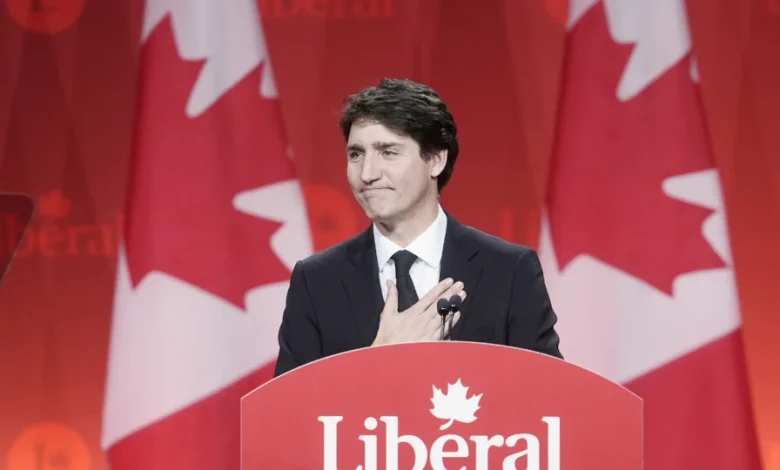Canadian governments spent $158 billion on green economy but created only 68,000 jobs: report

Green economy jobs created in the last 10 years cost Canadian governments an estimated $2.32 million per position, totaling $158 billion (2024 dollars).
Research from two new Fraser Institute reports found the federal government and the governments of Canada’s four biggest provinces—Ontario, Alberta, Quebec, and B.C.—only helped create an estimated 68,000 jobs despite the inordinate amount of taxpayer money expended on climate change mitigation programs, investments, and tax incentives.
“Governments, activists, and many special interest groups have made many claims about the opportunities of transitioning to a low-carbon economy and how that would create jobs and prosperity,” said Elmira Aliakbari, the Fraser Institute’s natural resource studies and co-author of one of the reports. “After a decade and more than $158 billion of taxpayer money being spent, those promises simply haven’t materialized,” Aliakbari added.
Federal spending on green economy sees major growth during Trudeau years
The study’s analysis found federal support rose from just $600 million in 2014-15 to $23 billion in 2024-25, growing 38 times larger. The researchers examined Canadian governments’ green initiatives such as clean technologies, electric vehicle (EV) incentives and charging infrastructure, funding for building retrofits, and support for energy efficiency programs.
In one example of failed green energy policy, after many federal and provincial government subsidies ended in early 2025, EV sales in Canada plummeted by nearly half as charging infrastructure gaps and unreliability hadn’t been addressed, as well as major consumer demand failing to materialize. The second Trump administration dismantled key low-carbon and green energy initiatives, influencing the environmental policy direction of countries around the world.
Total federal funding towards the green economy over the past decade amounted to $66.2 billion, or $70.5 billion when adjusted for inflation, say the reports. Climate action incentive payments alone, rebates intended to offset carbon tax costs, totaled $42.1 billion between 2018-19 and 2024-25.
Provincial green spending also increased substantially, from $2.2 billion in 2014-15 to $10.6 billion in 2024-25, nearly increasing by a multiple of five. Ontario led provincial spending at $51.2 billion over the decade, with 86.8 percent directed toward electricity price mitigation programs following the phase-out of coal power and implementation of the Green Energy Act.
“[The funding] represents yet another instance where governments picking winners and losers in the market does not create the jobs and widespread economic benefits policymakers say it does,” Fraser Institute director of fiscal studies Jake Fuss wrote to The Hub.
Throughout his term in office, prime minister Justin Trudeau claimed shifting to a low-carbon economy would bring Canada a “prosperous future for all.”
“Canada understands that if you don’t have a plan to tackle climate change, then you don’t have a plan to create jobs and economic growth,” he said back in 2021.
But large investments in the green economy don’t appear to have paid off in generating new federal government revenue in the past decade to tackle deficit spending or the national debt, either. The Parliamentary Budget Officer projects the Canadian economy is projected to have sluggish growth below 2 percent GDP growth over the next five years, while federal interest payments are set to hit $82.4 billion in 2025. Furthermore, the unemployment rate has remained at 7.1 percent in recent months.
Not only did green investments not grow the Canadian economy in a major way, they don’t seem to have helped us meet Canada’s greenhouse gas emissions (GHG) targets. According to the federal government, Canada’s emissions only dropped 0.9 percent from 2022 to 2023.
The Fraser Institute’s two-part study didn’t look at all the government programs related to the green economy, nor restrictive regulations, so the spending estimates are based on “very conservative assumptions.”
Carney government plans revised green economy spending
Former prime minister Trudeau’s successive governments advanced three successive national climate action plans: the “Pan-Canadian Framework,” “A Healthy Environment and a Healthy Economy,” and the “2030 Emissions Reduction Plan,” leading the way in spending over the past 10 years. Each plan expanded federal intervention in emissions reduction and clean growth. Together, they combined economy-wide carbon pricing and regulations with major public spending on clean energy, zero-emission vehicles, and infrastructure modernization to move Canada toward a net-zero economy by 2050.
For now, it appears Prime Minister Mark Carney, a former UN special envoy on climate action and finance, is distancing himself from parts of Trudeau’s green legacy, removing the carbon tax, insisting on results over emissions targets, and promising to fast-track energy projects.
“What we need to do is to be as effective as possible, in terms of addressing climate change while growing our economy,” Carney told Bloomberg News this month. “What makes those emissions go down will be carbon capture and storage.”
The impending federal budget includes a “Climate Competitiveness Strategy” that Carney claims will introduce an investment-led plan to cut emissions while boosting growth.
“We need to make sure Canadians are getting value for their money, and so far, the results don’t show that,” Aliakbari told The Hub. “I think it’s important for governments to reflect on these findings and re-evaluate spending initiatives and scale them back, given that they’ve generated so little benefit.”
The Carney government will deliver its first budget on Tuesday.
Graeme Gordon
Graeme Gordon is The Hub’s Senior Editor and Podcast Producer. He has worked as a journalist contributing to a variety of publications, including CBC,…
Read more





